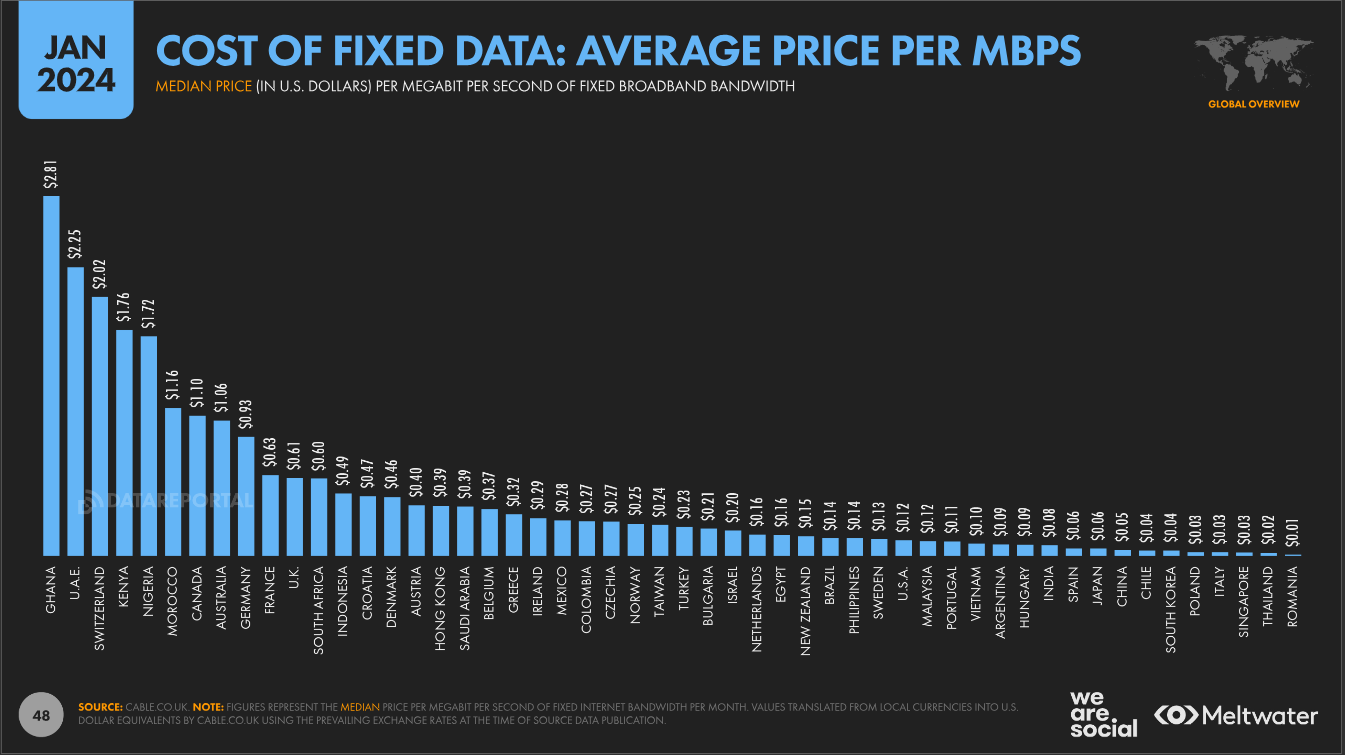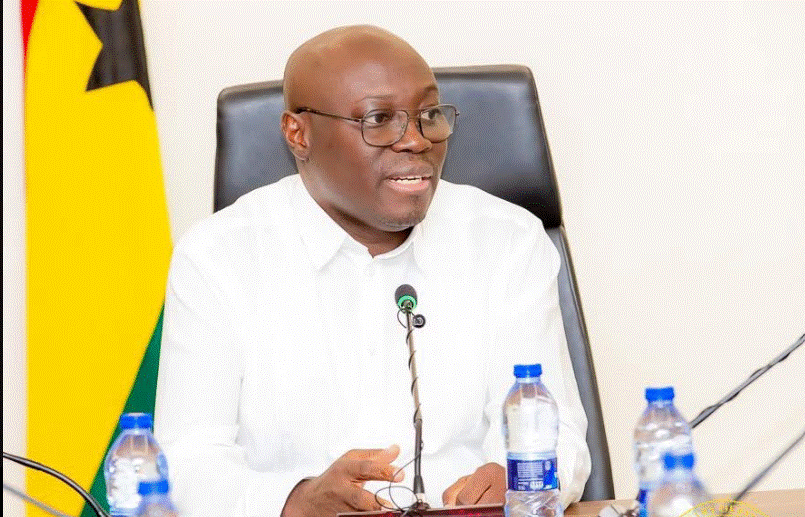
A recent PwC report shows that although the banking sector is making progress toward gender equality, there is still a significant climb to reach anywhere near gender parity.
Titled ‘Changing Currency’, the report with the tagline ‘examining trends and challenges of female participation in Ghana’s banking sector, sheds light on this ongoing journey, the challenges and opportunities for women in leadership positions.
Generally, while women constitute nearly half the workforce at junior levels, their representation significantly dips at the top. In the 23 banks surveyed, only 29.4 percent of board members are women – 64 out of 218 – and that number dips to 26.9 percent – 66 out of 245 – for management teams.
The report emphasises that there is a pressing need to redefine this narrative, fostering an industry where diversity thrives and opportunities are accessible to all.
Unfortunately, the report’s findings echo a reality observed globally. A 2017 International Monetary Fund (IMF) study revealed that women hold less than two percent of bank CEO positions worldwide and occupy roughly 20 percent of board seats.
This under-representation is not for lack of interest. The report highlights a growing surge of women seeking to contribute their skills and expertise to the banking sector.
PwC identifies several factors that continue to hinder women’s advancement. One major hurdle is the perception that diversity and inclusion are secondary concerns for many banks.
Societal norms and a lack of female role models are also cited as significant barriers. For instance, predetermined roles assigned to women can make it difficult for them to assert themselves confidently in their careers.
This notwithstanding, PwC recommends that regulatory bodies take the lead by establishing mandated diversity targets and enforcing stricter diversity reporting requirements.
This could involve implementing quotas for boards and executive positions, similar to those enforced in some European countries.
Another key recommendation is the establishment of clear reporting standards for gender-related data. This would allow regulators to monitor progress, identify areas for improvement, and create benchmarks across the industry.
The report underscores the importance of providing training and resources to equip banks with the tools they need to comply with diversity and inclusion reporting requirements.
The post Editorial: Gender diversity in banking still below par appeared first on The Business & Financial Times.
Read Full Story


















Facebook
Twitter
Pinterest
Instagram
Google+
YouTube
LinkedIn
RSS